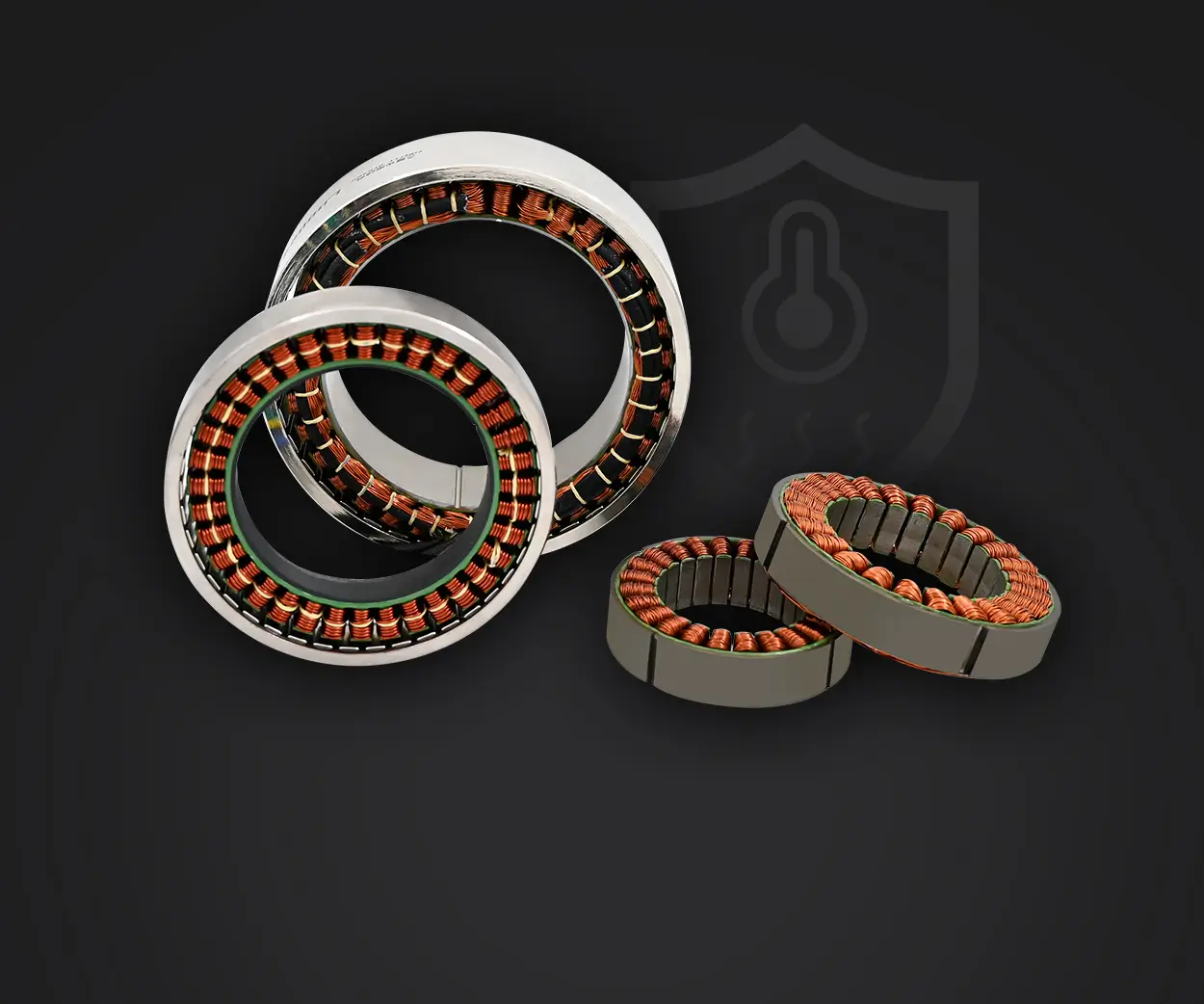Imagine a tiny yet mighty brain tucked inside a DC servo motor—a brain that can control precise movements, keep everything on track, and smoothly accelerate or decelerate. That's what a block diagram of a DC servo motor reveals: a fascinating blueprint of how power, control, feedback, and communication dance together to produce seamless motion.

Ever wondered how these motors manage such accuracy? It all starts with the core—an armature winding and a permanent magnet assembly. The block diagram lays out the essential components, like a map. You see the power amplifier, which translates command signals into real energy, pushing the rotor into action. The tachometer provides real-time feedback, like a sensor watching every twist and turn, telling the system exactly how fast or how much the rotor has moved. It’s kind of like having a vigilant eye always telling the motor, “Hey, you’re going a bit too fast!” or “Hold on, slow down right there.”
The control system, usually a simple yet clever controller, takes these feedback signals and compares them with the desired position or speed. Think of it as a coach instructing a player: “Hold that stance,” or “Accelerate a bit more.” This comparison triggers adjustments—raising or lowering current, like fine-tuning the gas pedal, ensuring motion is not just happening, but happening in perfect harmony with expectations.
What really makes a DC servo motor stand out is how these components interlock seamlessly. The diagram illustrates how the command input goes straight into the control unit, which then tasks the power amplifier. The amplifier energizes the motor coils accordingly. Meanwhile, the tachometer feeds data back—closing the loop, ensuring no overshoot or oscillation happens. It’s like a feedback loop of trust, where each part depends on the other to keep the whole system running flawlessly.
Thinking about practical applications, servo motors powered by such precise control are everywhere. Robotics, CNC machines, aerospace equipment – anywhere you need accurate positioning or speed regulation, this concept lights the way. The block diagram isn't just a schematic; it’s a window into the intelligence behind high-performance automation.
This visualization makes you appreciate how minimal yet intricate a small motor can be—yet how vital its role in modern technology. It’s a precise dance between electricity and magnetism, between command and action. When you see a detailed block diagram, you're really witnessing the backbone of precision motion control.
Want to think about it like this? Any system where a little bit of movement needs to be controlled with big accuracy, you'll find a DC servo motor with a well-designed block diagram supporting it, making everything run smoothly behind the scenes—almost like a silent conductor orchestrating a symphony of mechanical parts.
Established in 2005, Kpower has been dedicated to a professional compact motion unit manufacturer, headquartered in Dongguan, Guangdong Province, China. Leveraging innovations in modular drive technology, Kpower integrates high-performance motors, precision reducers, and multi-protocol control systems to provide efficient and customized smart drive system solutions. Kpower has delivered professional drive system solutions to over 500 enterprise clients globally with products covering various fields such as Smart Home Systems, Automatic Electronics, Robotics, Precision Agriculture, Drones, and Industrial Automation.




































